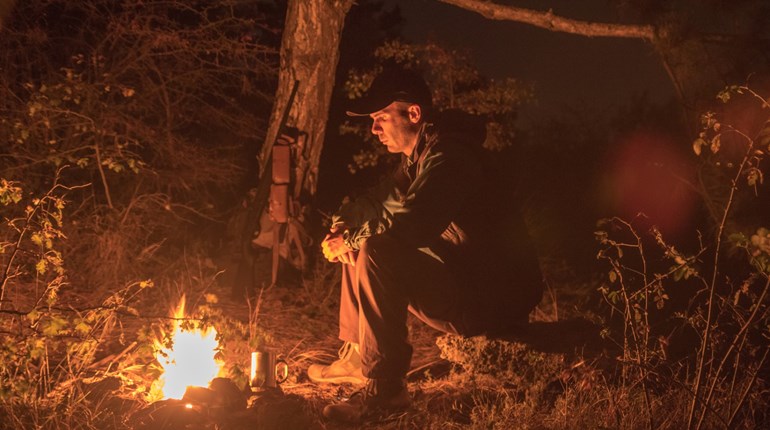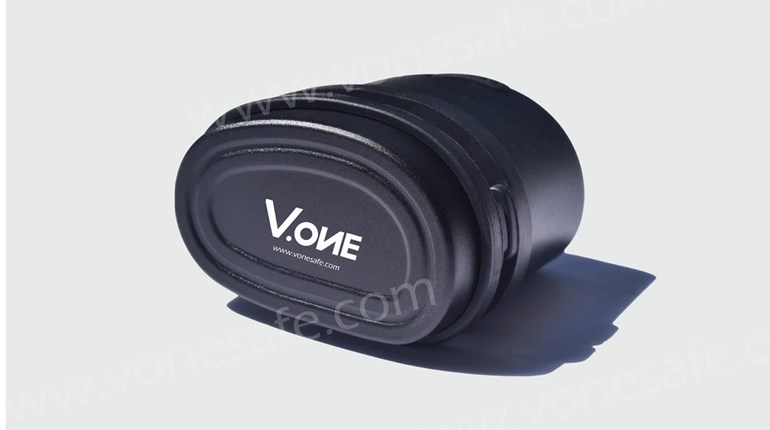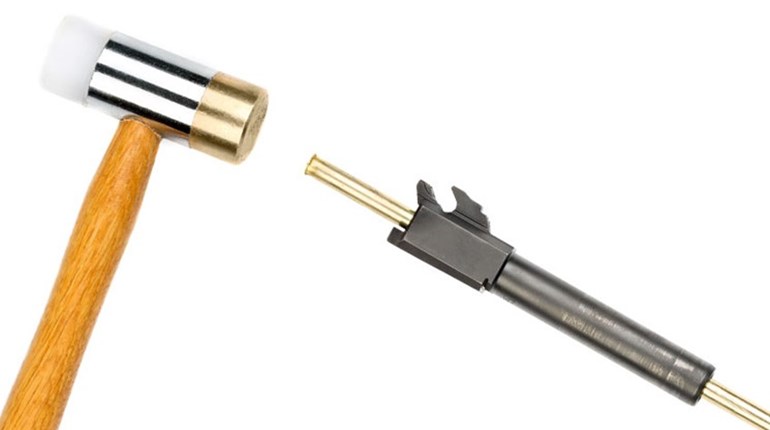
You'll see the term deployed in gun reviews and discussions about using handguns for self-defense: "+P." You can tell from the context of the conversation and the plus symbol that ammunition marked that way has "something extra" to it, but what, exactly, do people mean when they're talking about it? To boil the discussion down to its simplest elements, that "P" refers to pressure, and the plus indicates (you guessed it) that there's more of it than usual. Of course, there's more to it than that, and there are some elements of firearm safety that it's important you understand.
In general, factory ammunition is loaded to pressure levels standardized by the Sporting Arms and Ammunition Manufacturers' Institute (SAAMI). However, there are "+P" versions of some handgun cartridges that operate at 10 to 20 percent higher pressures. What this extra pressure does is produce greater velocity and muzzle energy, which is of particular importance when discussing handgun ammunition designed for self-defense. Greater velocity and muzzle energy translates to more kinetic energy behind the bullet, and better terminal performance.
However, these loads are intended for use only in firearms designed to handle those higher pressure levels. The "+P" designation of these loads is usually found on the ammunition box and the cartridge headstamp. Firearms designed for such ammunition normally have a "+P" marking on the barrel, slide or frame.
Cartridges you're likely to encounter "+P" versions of include: .38 Spl., 9mm Para and .45 ACP. (Note: To emphasize the pressure difference between the .38 ACP and the .38 Super Auto, all current .38 Super Auto ammunition has the "+P" designation.) To prevent firearm damage and possible injury, +P ammunition must be fired only in those firearms certified for it.
Finally, it's important to mention that, for some cartridges, reloading manuals often contain both standard loads for older firearms as well as higher-pressure loads for stronger, more modern firearms. For example, reloading data for the .45-70 Gov't. cartridge often comes in three varieties: loads for 1873 Springfield rifles, somewhat heavier loads for the Winchester Model 1886 leveler-action, and even heavier loads for the Ruger No. 1 and No. 3 rifles, as well as other modern guns of similar strength. Some reloading manuals also list loads of different pressure levels for the .30-40 Krag. Higher-pressure loads for modern firearms must never be fired in older firearms, to avoid firearm damage and/or shooter injury.






































